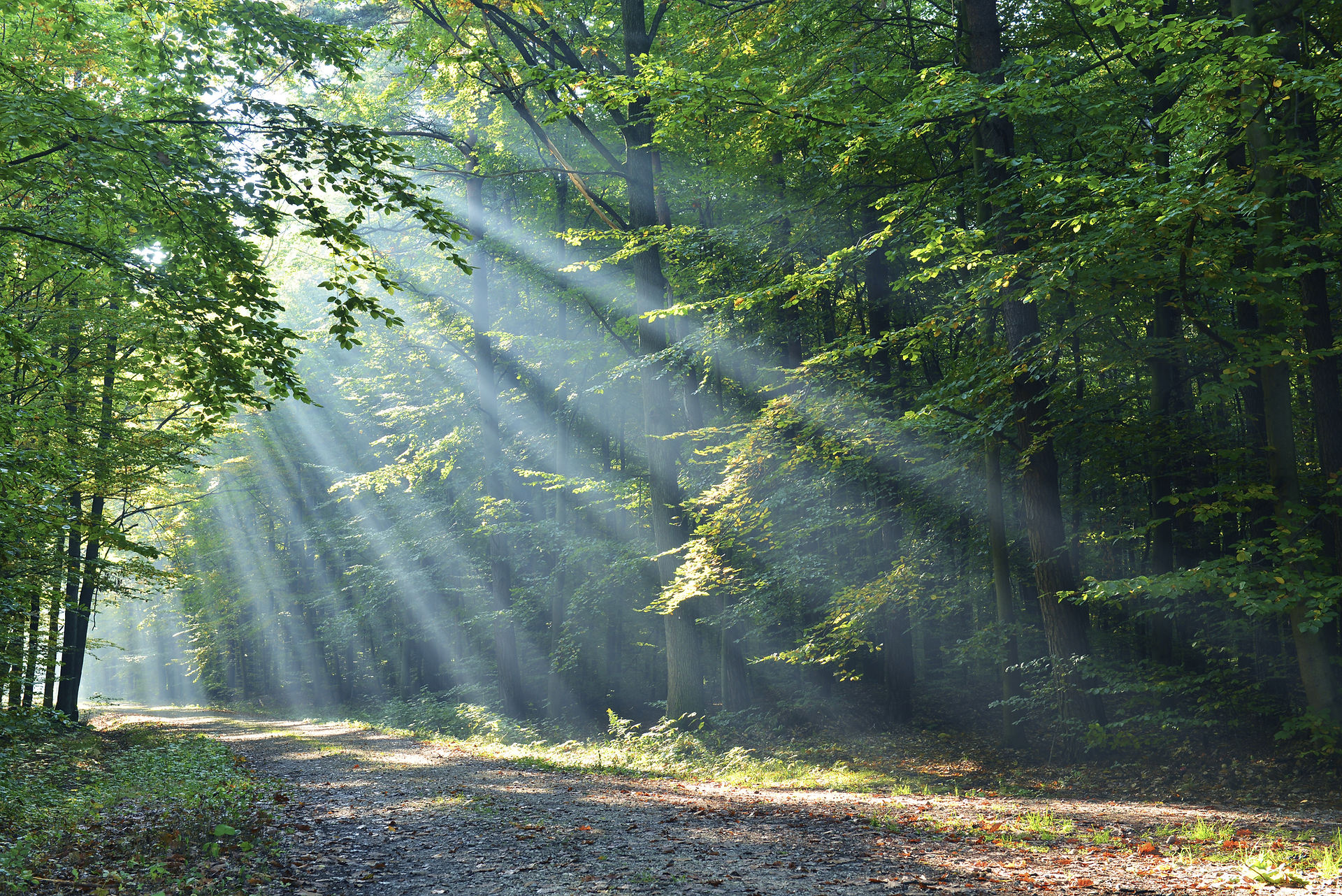- Granny Bonnet

It's Good Friday, 5.30 pm and Granny is sitting on a rug at the end of her garden in hot sunshine. The air is simply filled with gentle birdsong and a lady blackbird has just dashed away with a beak full of moss-strands for her nest-building.
Immediately above me I become ware of an irregular clicking and the source of the strange noise is pine-cones flicking open in the heat. They are from our Scots Pine and I notice some have fallen, ready to disgorge their seeds.
Sometimes we have a small raiding-party of long-tailed tits, who bustle through its branches only announcing their presence by a feint breathy wheezing before darting away. Blink and you'll miss them! Today I also spotted, for the first time in years, a tiny gold-crest, smaller than a wren, inspecting the branches for succulent treats.
Like several trees in our garden, this Scots Pine is home-grown. 32 years ago we left our home in Norwich, where our front garden hosted the mother-tree and as a reminder of her much-loved silhouette, I potted up one of her seedlings that lived with us in a pot in the garden for our five-year stay on the outskirts of London.
This tall off-spring is now assuming the same lazily-leaning angle the mother-tree had and in the coming years I expect both trees to acquire the rusty-trunked and arthritic contortions of old age associated with ancient Scots Pines dotted across East Anglia. Perhaps not while I am still alive though...
This evening our tree is getting ready to shed more cones and its gentle percussion is music to my ears.Perhaps I ought to seek out some more seeds and pot up a grandchild or two that will carry the line through well into the next century!




